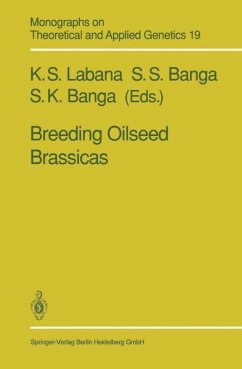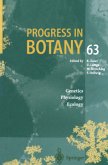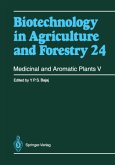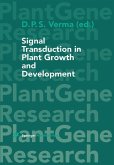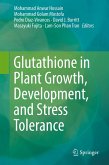From ugly duckling of agricultural crops to the Cinderella crop, the significance of oilseed brassicas in international trade has increased tremendously with global produc tion having almost trebled in the past three decades. Over 13. 2% of the world's edible oil requirement is now met from this source. The stimulus for this dramatic reversal was provided by the identification of rapeseed genotypes with greatly reduced levels of nutritionally undesirable erucic acid and meal glucosinolates during the early 1960s. Since then, rapeseed breeding has been oriented towards the need to improve oil quality. Though past achievements have been impressive, greater strides are expected in upgrading productivity through the development ofF hybrids and better mobiliza 1 tion of genetic diversity available in wild allies. Recent emphasis on cellular and molec ular biology will help to bypass sexual constraints for genetic enrichment of crop bras sicas, and to reduce the time frame for cultivardevelopment. The present book was conceived to bring together critical and comprehensive reviews on research approaches, achievements and limitations to breeding better brassicas. As the book has a strong practical bias, certain topics like taxonomy, cytogenetics, etc. are dealt with in relatively lesser detail. Thus, 'Brassica crops and wild allies', edited by S. Tsunoda, K. Hinata and C. Gomez-Campa, will serve as an ideal companion book. It is a matter of immense sorrow that the senior editor, Prof. K. S.

